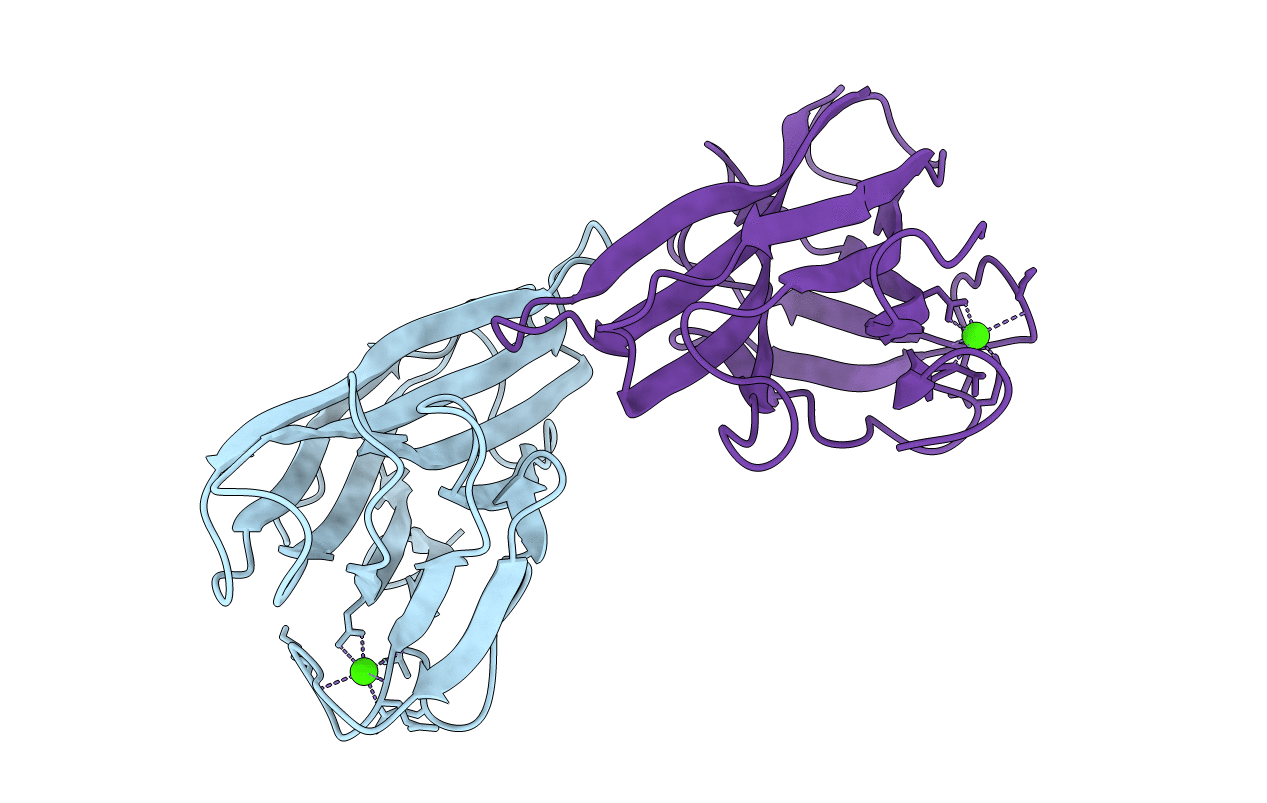
Deposition Date
2000-02-03
Release Date
2000-07-04
Last Version Date
2024-11-20
Entry Detail
PDB ID:
1DYO
Keywords:
Title:
Xylan-Binding Domain from CBM 22, formally x6b domain
Biological Source:
Source Organism:
CLOSTRIDIUM THERMOCELLUM (Taxon ID: 1515)
Host Organism:
Method Details:
Experimental Method:
Resolution:
2.10 Å
R-Value Free:
0.25
R-Value Work:
0.19
R-Value Observed:
0.19
Space Group:
P 61 2 2


